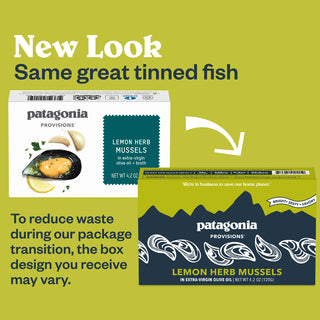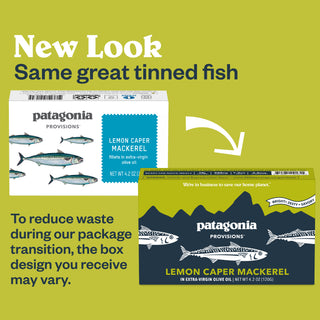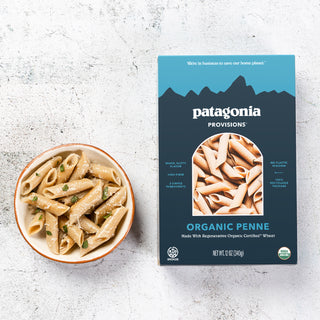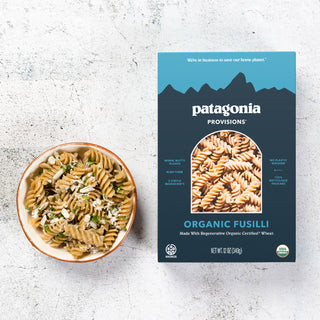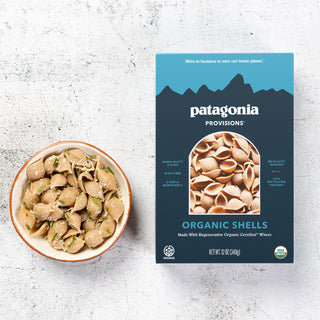In the world of nutrition news, omega-3 fatty acids grab a lot of headlines. There’s still much to discover about these intriguing nutrients, but multiple studies suggest that omega-3s can lower your risk for a range of serious health problems, including cardiac disease and Alzheimer’s.
Luckily, foods high in omega-3s also happen to be delicious. Rich, flavorful fatty fish rank at the top of the list, but omega-3 foods include plants, too.
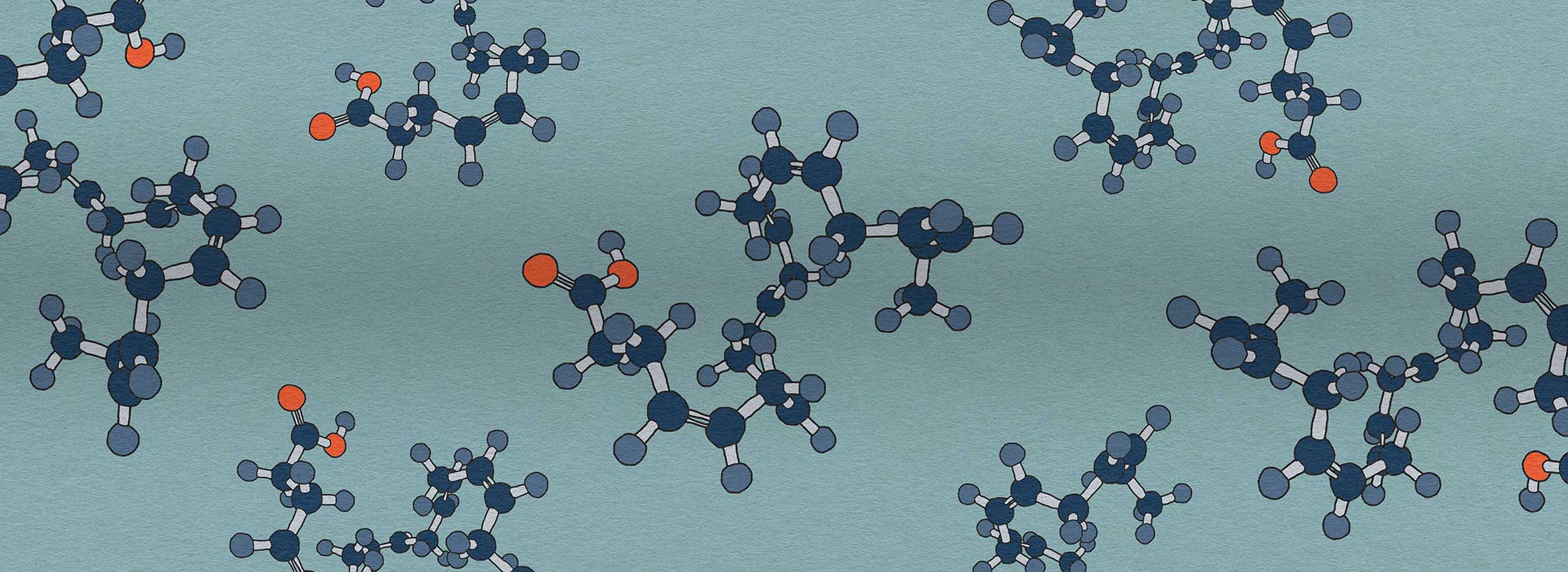
What Exactly Are Omega-3 Fatty Acids?
Omega-3 fatty acids may sound like something out of Star Trek, but they’re essentialto how your body works. These long, flexible chains of polyunsaturated fat are in the membranes that surround each of your cells, they’re in your eyes, and they help your heart, blood vessels, lungs, immune system, and hormone production operate smoothly. Somewhere between 5 and 10 percent of your brain consists of omega-3 fatty acids. Your system can’t produce omega-3s on its own; you can only get them, readymade, from food. Omega-3s are called “essential” fatty acids for that reason.
The Three Main
Types of Omega-3s
- Alpha-linolenic acid (ALA), mainly found in oils, oily seeds and nuts, and some vegetables
- Eicosapentaenoic acid (EPA), found in fatty fish, some shellfish and algae
- Docosahexaenoic acid (DHA), also in fatty fish, some shellfish and algae

Illustration by Anna Baldwin
ALA is the most common omega-3 in our diets. The main benefit of ALA is that your body converts a small fraction of it into the most useful of the omega-3s: EPA and DHA.
EPAs and DHAs are the real powerhouses, credited with all the health benefits that fall under the omega-3 umbrella.
Omega-3 Health Benefits
EPA Omega-3 Benefits
EPAs can help with depression, according to a Harvard Health report on more than 30 clinical trials. They also hold promise for reducing the frequency and intensity of hot flashes.
DHA Omega-3 Benefits
DHAs are a structural element in the retina of your eyes; they’re also in your skin. These omega-3s are critical for nourishing brain development, especially in early childhood, and might help prevent ADHD (attention deficit hyperactivity disorder), according to a study in The Indian Journal of Pediatrics.
DHAs and EPAs in combination have proven to be especially good at protecting the heart, reducing levels of triglycerides (the main culprits in hardening of the arteries) and lowering your risk of heart attack and irregular heartbeat. That’s why the American Heart Association recommends eating at least two servings per week of the richest source of DHA and EPA: fatty fish.
There’s more. Reduced risk of diabetes, Alzheimer’s, multiple sclerosis and macular degeneration have all been linked to DHA and EPA. A recent trial sponsored by the National Institutes of Health found that DHA and EPA helped combat migraines, too.
Omega-3 Supplements vs Foods
Most experts agree that food is the healthiest way to absorb omega-3s. Although you can get DHA-EPA combos in pill form, check in with your doctor before taking them, because taking large amounts can have side effects.
From an environmental standpoint, popping supplements definitely isn’t helpful. In fact, according to a definitive book on omega-3s, The Omega Principle, the demand for super-concentrated omega-3 supplements—made by boiling down millions of tiny, fatty fish like anchovies—is steadily degrading the food supply for larger predator fish, not to mention seabirds and whales.
As for how many omega-3s we ought to take in daily, no single official recommendation exists, but respected organizations like the World Health Organization and the USDA say that 250–500 mg of combined DHA and EPA is plenty for healthy adults.
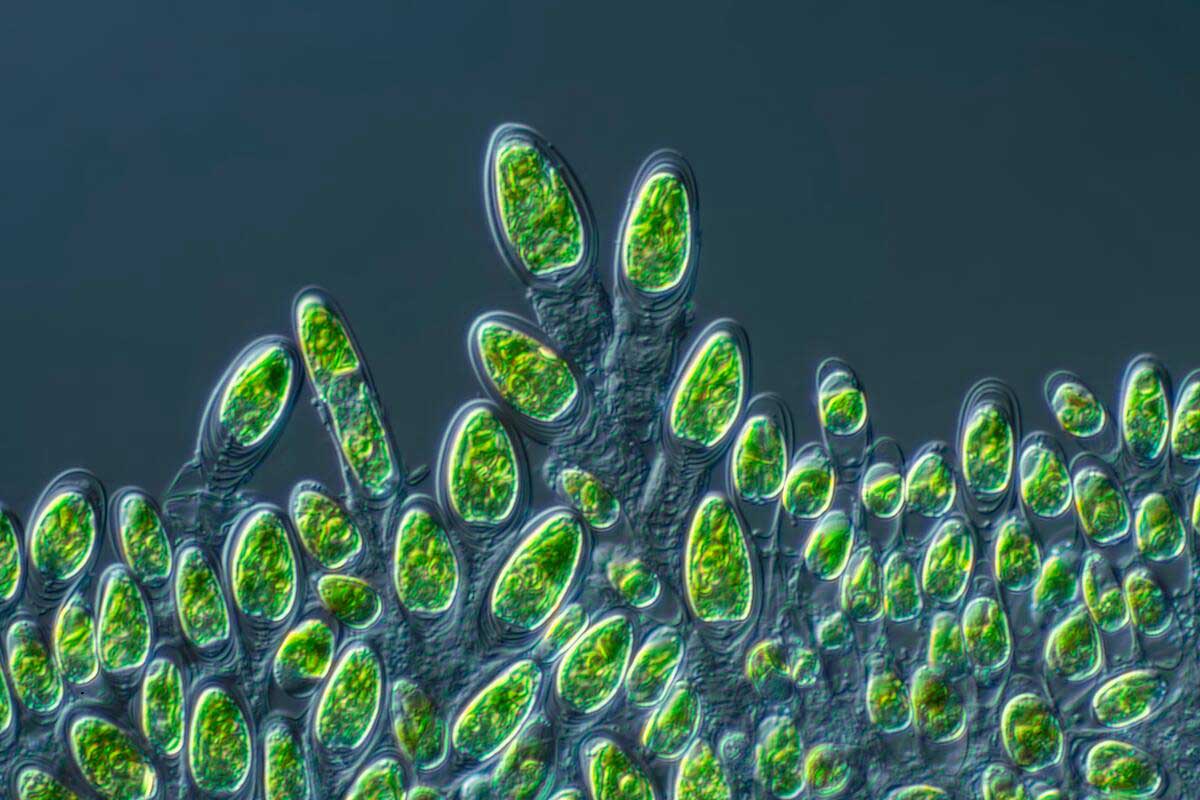
The Surprising Origin of Omega-3s
Fatty, wild fish and some shellfish are the richest source of DHA and EPA omega-3s. But where do those nutrients originate?
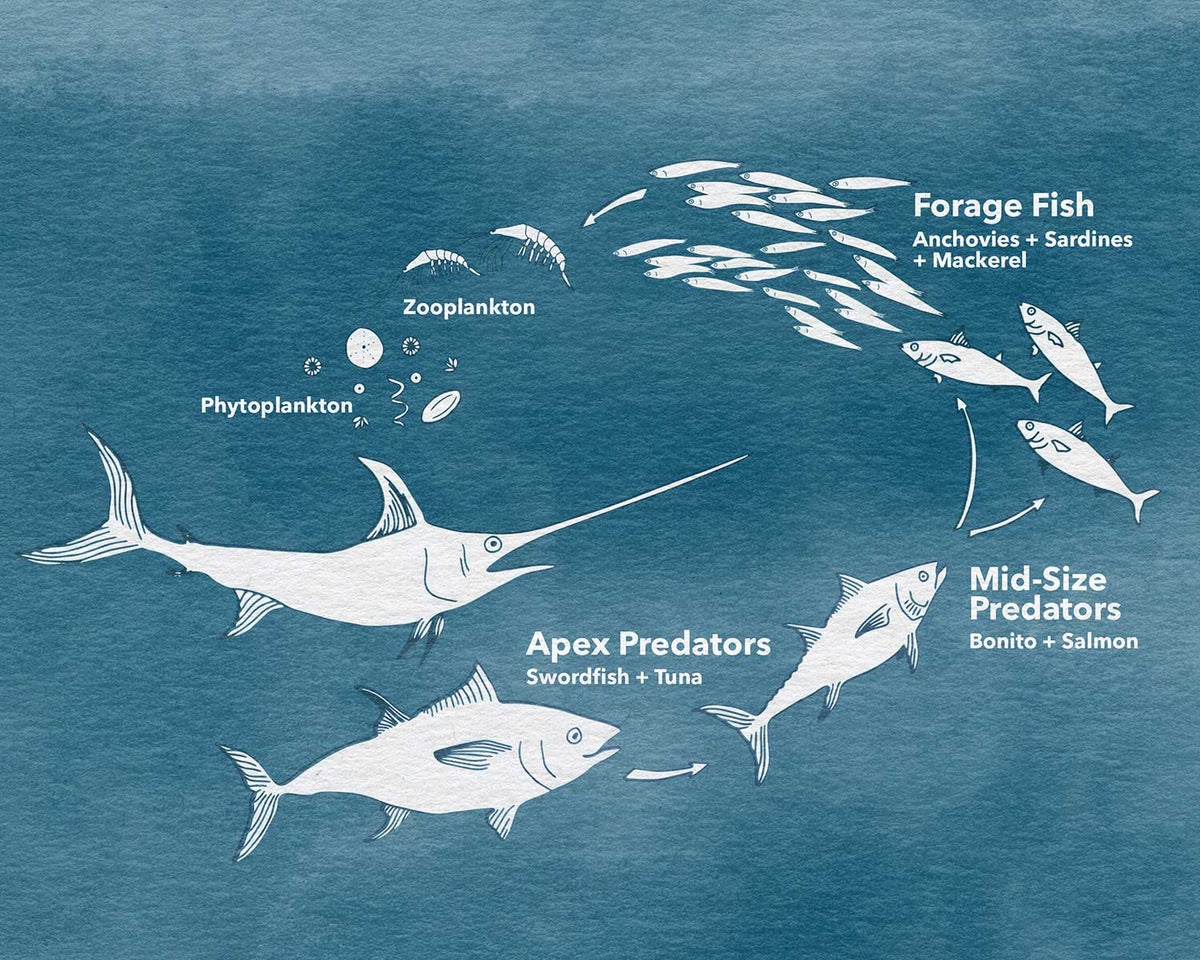
The omega-3 motherlode, the source of these nutrients, are thousands of species of phytoplankton—microscopic marine algae. These miraculous organisms, one
of the earliest life-forms on earth, exist by the billions in our oceans and naturally produce omega-3s in their bodies. They’re gobbled up by tiny marine animals called zooplankton, including krill, which are in turn eaten by fatty wild fish—further concentrating the omega-3s.
Another fun fact about phytoplankton: Petroleum, the world’s main source of energy, consists of trillions and trillions of ancient, fossilized phytoplankton.
So...What’s the Best Omega-3 Diet?
Eating fatty fish for most of your calories, as writer Paul Greenberg did for a year while writing his book The Omega Principle, isn’t the greatest approach. Although small omega-3-rich fish have far lower levels of toxins (like mercury) than larger fish, they still have trace amounts, which can mount up if you eat them in large quantities.
A healthier approach to eating omega-3s, concluded Greenberg after extensive research, is something he calls the “Pesca-terranean” diet. Based on the Mediterranean diet, it means eating mainly whole grains, vegetables and fruits, weaving in ALA-rich plant foods like walnuts, and adding a couple of servings a week of fatty fish.
It’s worth noting that omega-6s, another type of fatty acid, can obstruct the effects of omega-3s. Research is now linking high amounts of omega-6s—found in soybean oil (used in all sorts of processed foods), sunflower, corn, and cottonseed oils—to cardiac disease and chronic inflammation. To get the most benefit from omega-3s, cut down on your omega-6s.
Note: The suggestions here have been reviewed by a registered dietitian nutritionist (RDN). However, they should be used for general educational purposes only and not interpreted as customized medical advice or care. Always seek the guidance of a doctor or other qualified health provider to figure out what’s best for you.



